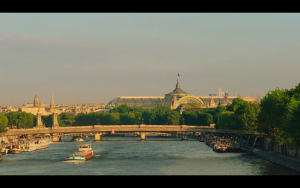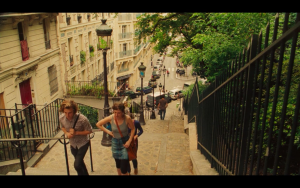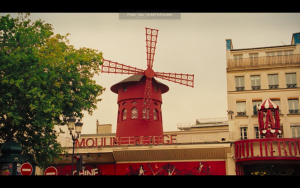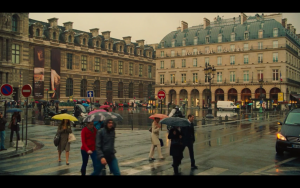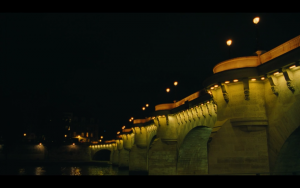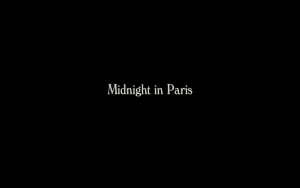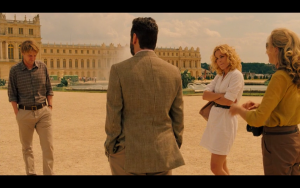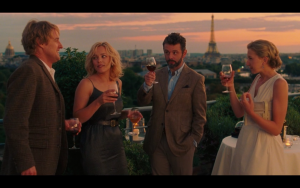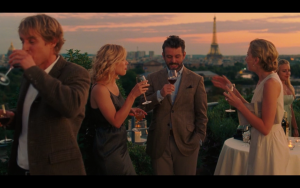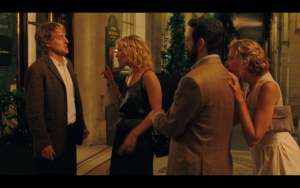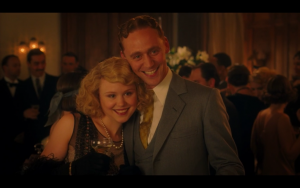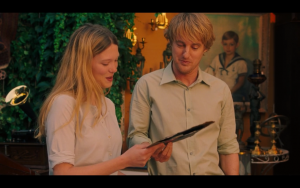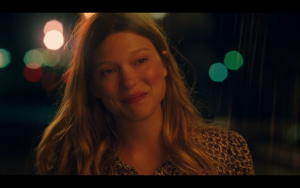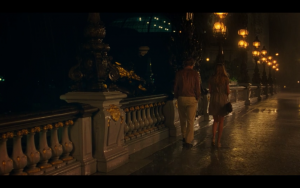Dream In the Past — Analysis of Midnight in Paris, Continued
What makes films so fascinating that, in the short 100-year history of film, people keep craving for more and more movies? The stories in the movies draw people to the cinema. But why? Reason is that these stories are depicted in many different ways, using different methods. By the use of mise-en-scene, one elemental system of film, comprises design elements such as lighting, setting, props, costumes, and makeup within individual shots, breaking the pattern and many other strategies, filmmakers can express their content and theme in subtler way but at the same time viewers still can find bits and threads of the implicit meaning underneath.
One great example of the use of these strategies would be Midnight in Paris directed by Woody Allen. It’s a typical narrative story about a Hollywood screenwriter who dreamed of living in Paris in the 1920s. Surprisingly, he actually travels to his Golden Age after midnight in Paris. The story also adds elements of a love story as its explicit meaning in the protagonist’s relationship with his fiancé and the girl he met in 1920’s Paris. In the movie, Woody Allen uses the time of a whole song and in total sixty shots showing the viewers life in Paris: from day to night. The theme color of the whole image is changed into a warm yellow combined with areas of green, displaying a sense of typical romantic nostalgia in France. When the audiences are still hooked by the beautiful opening scenes around Paris, Gil, the protagonist, starts to express his love for this city. The inner-conversation that the audiences are having are now being expressed through the protagonist’s mouth. This creates a resonance and a bridge among the protagonist and audiences, transmitting the shared emotion at the point. Furthermore, when Inez, Gil’s fiancé, is added in the conversation, the disconnection between the two characters’ value gives the viewers an insight of what might happen to their engagement at the end of the story. All of these little fragments combining together, is the representative of using mise-en-scene.
Right after Gil talks about “how drop-dead gorgeous [Paris] is in the rain…[and] the artists, the writers [in the twenties]”, he also mentions that he would give up everything in Beverly Hill just to move and write in Paris. With running credit on the screen, the black and white leaves a huge space of imagination to the audience. But with the argument against Gil, Inez’s voice breaks the imagination into reality. She doesn’t understand “what is so great about rain?” and “what is good about getting wet?” By bringing up the conflicts between Gil and Inez, the conflicts between dream and reality also heat up along the way. Woody Allen’s portrait of Gil’s characteristics as a “successful” screenwriter for popular Hollywood movies who dreams to live in the 20s and wishes to have a serious time writing his own novel provides the audiences a link to one of the most famous writers in the 20s, Scott Fitzgerald. Both of them share the story of a writer who have a lovely but crazy wife, and who is forced to waste their talent in producing popular readings (movies in Gil’s case) in order to provide his wife a luxurious life. Both of these men eventually regret bowing to the wants of their wives and decide to write novels of their own era. This link triggered the expectation of the viewers that they would think maybe in the end of the story, Gil would also share the similar sad ending as Scott Fitzgerald’s.
However, after his adventure in the 20s and the further past times, Gil’s dream about the past breaks down and he makes the decision to break up with his fiancé. When the bell at the midnight rings again, Gil walks on the street alone and meets a girl he saw in the vintage records shop. Her name is Adriana, which is the same as the name of the girl Gil met in the 20s. In the contrast with his former fiancé, Adriana doesn’t mind walking the rain in the middle of the night. Instead, she actually thinks that Paris is even more beautiful when it’s raining. The sound of the bell is a sign that triggers the audiences to think back to the time when Gil’s adventure to 20s might begin again. However, Adriana’s existence in this scene breaks the pattern of traveling back to the past. This time the bell is the sign that Gil is willing to take a step ahead and go to the future.
As the storyline of the movie takes form Woody Allen uses all the resources and strategies to create an adventure across the present and the past which in the end lead to the future. All the music, costumes, languages, and settings contribute to achieve one goal: establishing the illusion of bringing what is on screen into the reality.
References:
Barsam, Richard. Looking at Movies. 5th ed. S.l.: W W Norton, 2015. Print.
Midnight in Paris. Dir. Woody Allen. Perf. Owen Wilson and Marion Cotillard. Hopscotch, 2011.
